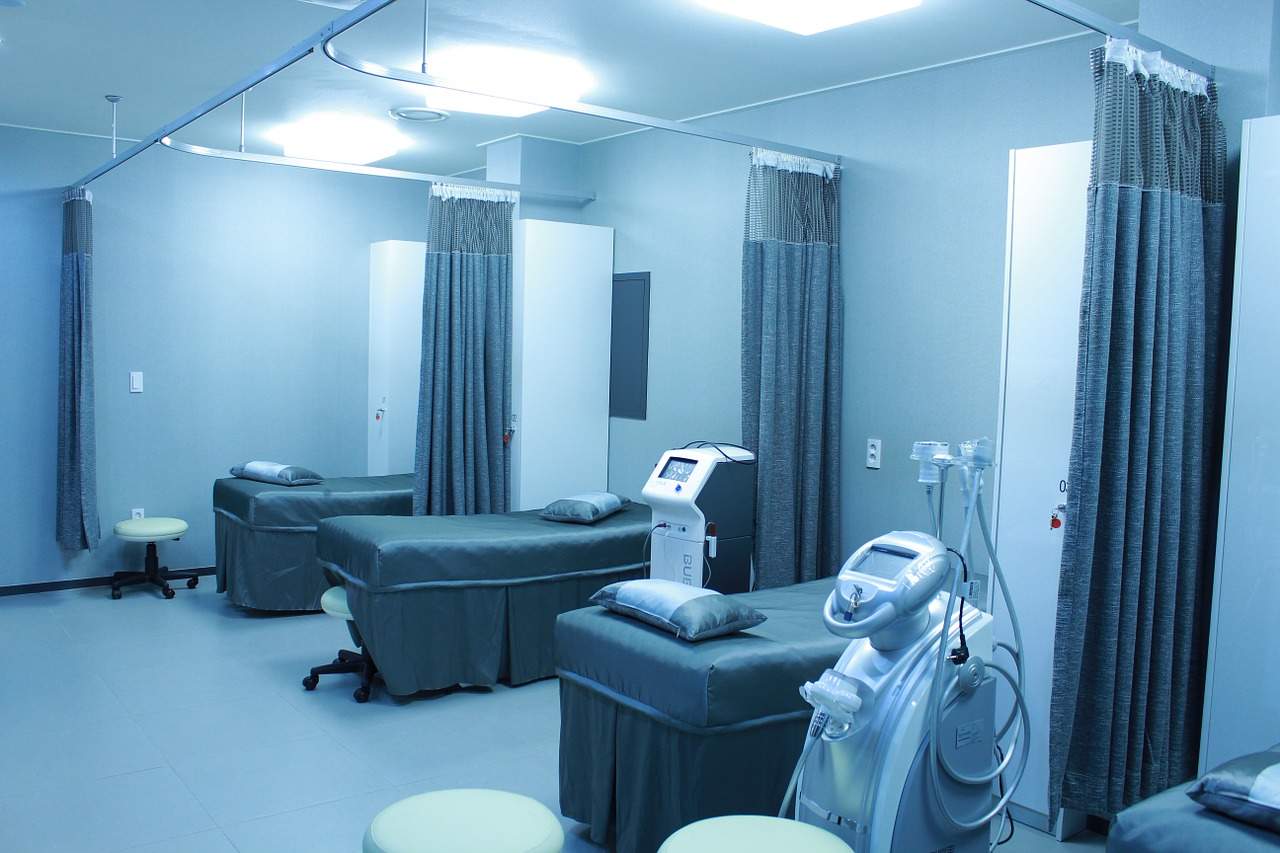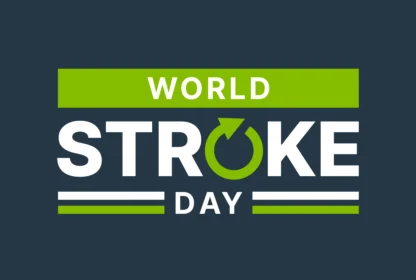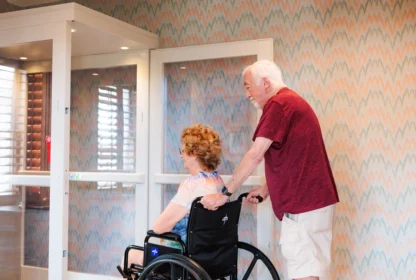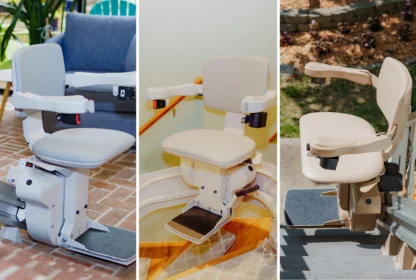
You just had a knee replacement. The surgery went great, everything is healing as it should, and you are thrilled with the prospect of increased mobility that your new knee will provide. The doctor informs you that you will be discharged in a few days, and will require physical therapy. Then comes the question – will you be receiving your therapy and recovering in your home, or will you transfer to an Inpatient Rehabilitation Facility?
Your initial thought may be to go to a rehabilitation facility – after all, you will be surrounded by therapists and receive the most treatment, right? Before you decide, consider the pros and cons of each option to find the recovery setting that will be best for you.
To quote the late Amy Winehouse, “They tried to make me go to rehab but I said, ‘No, no, no’” (source).
The Process
Many people assume that recovering in an in-patient rehabilitation facility will mean that they will receive more physical therapy, however that is not necessarily the case. While the patient will be in the presence of physical therapists more often in a facility, those therapists must spread their time
between a large number of patients.

When recovering at home, the patient can visit a nearby outpatient rehabilitation facility or arrange for a physical therapist to visit the patient at home. The patient has access to the same highly-trained personnel in all situations (source) but may opt for an additional in-home caregiver when recovering at home. This person could spend anywhere from a few hours to around the clock care for the patient, providing a more custom and personalized recovery and aiding in the rehabilitation process (source).
Rehabilitation Recovery and Infection Rates
A study conducted by researchers at Hospital for Special Surgery (HSS) found that ” patients who go home after knee replacement and receive physical therapy at home do as well as those who go to an in-patient rehabilitation facility.”

Since physical results are essentially equal for all rehabilitation methods, it is important to consider the mental aspects of recovery. In an in-patient facility, patients often spend weeks to months in a hospital-like setting and spend much of the time between therapy sessions in bed. Friends and family must arrange visits during designated hours, and the patient is subject to strict rules (source). While recovery from the surgery may fare equally well between home and inpatient recovery, spending time in a facility exposes the patient to a large number of other individuals on a daily basis who may pass along germs or diseases (source).
Conversely, in a home setting, the patient receives the mental benefit of being in a comfortable, familiar place (source). Patients maintain greater control of their results as they can use the time between sessions to practice therapy on their own, possibly producing faster results (source). When recovering at home, patients have greater opportunities to visit with friends and family members, often boosting morale and resulting in a more pleasant recovery experience overall. Some individuals would prefer to recover at home, but think they are unable if they cannot climb the steps to get inside their home or up to their bedroom. For these individuals, ramps and stairlifts are great options that can often be rented as long as they are needed.
Rehabilitation Costs
The cost to recover at home rather than in an inpatient facility is considerably less. One study conducted in 2008 estimated the average cost of in-patient rehabilitation at $15,000 per person, compared to just $11,000 for in-home recovery (source). Costs vary based on location and rehabilitation needs, so be sure to research your options thoroughly!
Summary
Both inpatient and outpatient recovery options provide a host of pros and cons for the patient. Other factors to consider when making a decision include overall cognitive and physical abilities, home situation, and proximity to facilities. Recovery at home with an outpatient rehabilitation facility is often preferred, but may not be ideal for a patient who has to travel long distances to visit the nearest outpatient center, lives alone, or has certain physical or mental conditions that complicate recovery.
Always talk to your doctor and medical staff before making any decisions about your health care, and be sure to evaluate all options thoroughly before making a decision!


